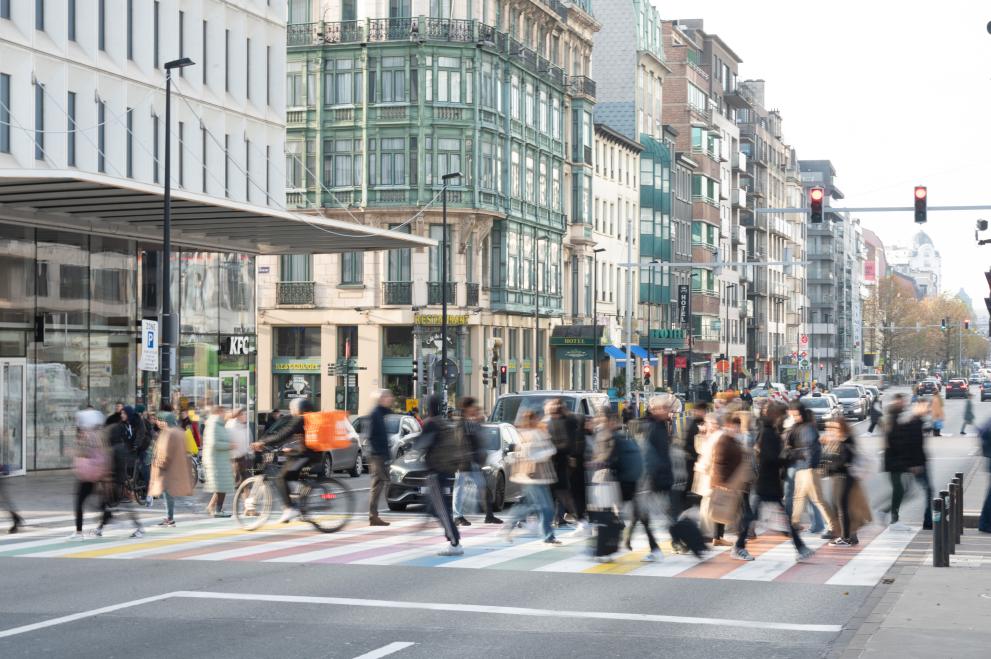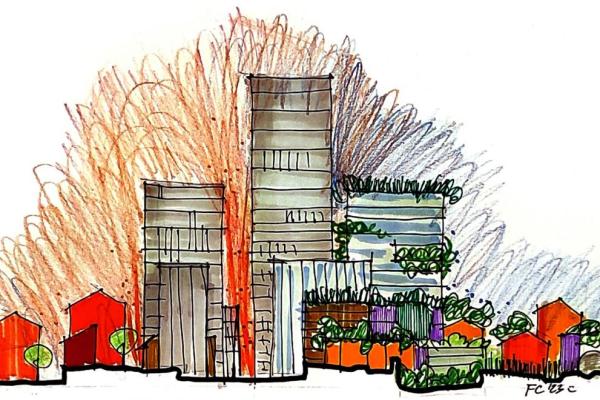
Understanding residual emissions
Residual emissions refer to emissions that are difficult to avoid or fully eliminate due to technological, financial, or other limitations. These typically stem from sectors such as aviation, agriculture and heavy industries.
The concept of net-zero greenhouse gas (GHG) emissions, endorsed by the Paris Agreement, aims to balance out residual emissions through compensation mechanisms (carbon sinks and credits). However, because of the uncertainty and lack of clarity in defining residual emissions, it is challenging to verify that emissions reduction at source has reached saturation before resorting to compensation.
This is particularly evident at the city level. Of the 362 cities that showed interest in the European Climate-Neutral and Smart Cities Mission, less than 3% have expressed their goal as absolute-zero greenhouse gas (GHG) emissions. The majority are still in the process of defining their targets or aim for net-zero emissions, meaning that some residual emissions may still exist in 2030.
In the comment Shining light on residual emissions for cities, published in Nature Climate Change, JRC scientists advocate for a "mitigation first principle" that urges cities to prioritise reducing emissions at source and only resort to compensation for truly unavoidable residual emissions. While essential to rule out under-commitment or greenwashing behind net-zero targets, identifying residual emissions lacks an official blueprint, both for cities and countries.
Tailored approaches for city-level climate neutrality
It is crucial to recognise that residual emissions may be highly city-specific and may differ from those identified at the national level. In fact, while cities find emissions from transport as the most difficult to reduce, followed by those from industrial processes and product use, stationary energy, waste/wastewater, agriculture, forestry, and other land use, nations identify industry and agriculture as the main sources of residual emissions - sectors which may not be relevant or regulated at the city level.
Moreover, the responsibility to tackle these emissions often falls on higher levels of governance. On the other hand, many countries have not committed yet to achieving net-zero targets or they have set these targets for mid-century or later.
This discrepancy poses a significant challenge for cities that have pledged to achieve climate neutrality well before 2050, as those involved in the EU Mission, underscoring the need for a tailored approach that considers local challenges and timelines. These sub-national actors must confront a structured examination of residual emissions and depart from mere target-setting procedures to correctly size their compensation measures.
A conceptual framework for cities
The JRC study proposes a framework to establish qualitatively the level of unavoidability of emissions. It pivots around three key steps to rate the difficulty of mitigating emissions:
- Identifying sources: cities must identify the origin of the emissions against sources known for their harder-to-abate emissions;
- Exploring potential solutions: cities must pinpoint potential strategies to address and reduce these emission sources and produce a portfolio of potential solutions;
- Understanding constraints: cities must question each solution’s feasibility and operational barriers. The framework distinguishes between "tier 1" constraints, which are within a city's control, and "tier 2" constraints, which are external.
The framework results in different levels of emissions unavoidability on a six-level scale. Level 1 indicates the strongest case for compensation where (1) the source of residual emissions is acknowledged, (2) no established solutions exist, and (3) the city is powerless against constraints (tier 2).
Through this approach, the levels can be standardised while navigating the different steps remains highly multi-factor and context specific.
A matter of transparency and collaboration
The framework seeks to enhance transparency surrounding net-zero targets, providing a clear understanding of their true expected impact. Additionally, it aims to bolster accountability among various governmental and external stakeholders. Finally, it emphasises the importance of collaboration and multilevel governance, notably to identify (and possibly lift) constraints to reducing emissions.
Related links
Details
- Publication date
- 17 April 2024
- Author
- Joint Research Centre
- JRC portfolios




